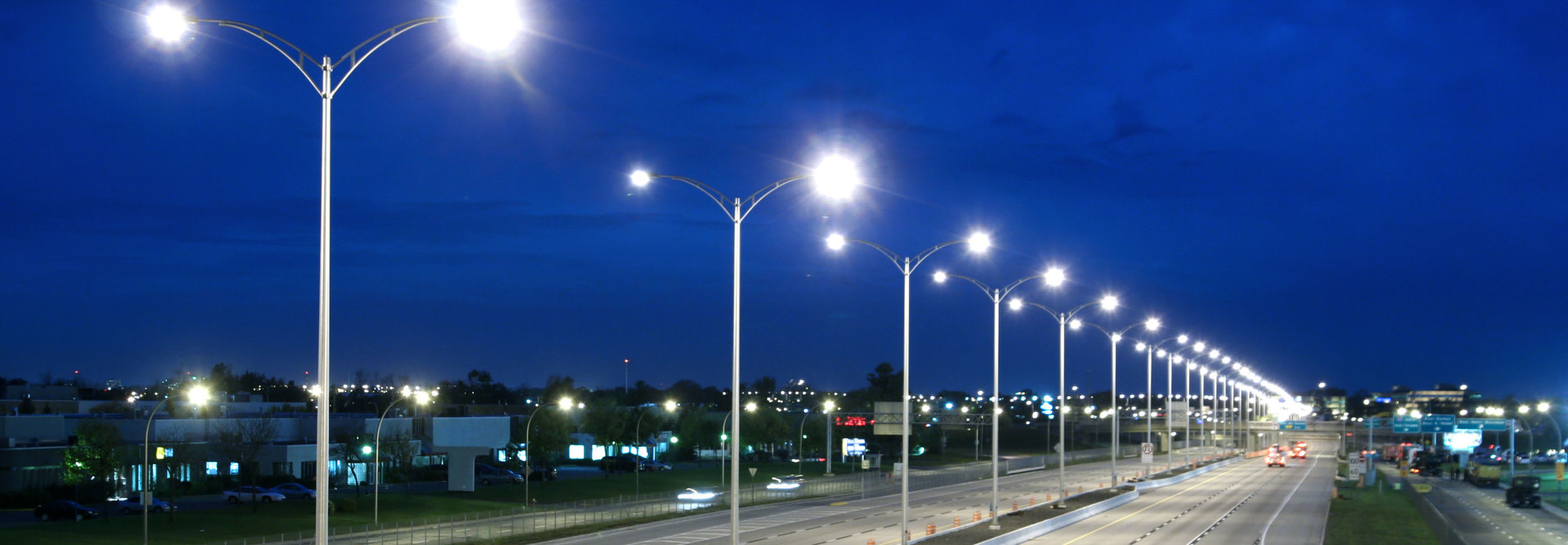Smart Street Lights Lay the Groundwork for Future IoT Deployments
For cities looking to dip their toes in the water of Internet of Things connected tech, smart street lighting upgrades are proving an illuminating place to start.
A street lighting refresh, complete with LED bulbs, wireless tech, motion sensors that activate lights when passersby are near and connected tech that can alert the city when bulbs need to be changed, can help make streets safer, all while saving governments a bundle in electricity costs.
The Chicago Department of Transportation, for example, recently embarked on a $160 million smart street lighting project, much of which will pay for itself. According to a press release from the city, the LED bulbs and IoT-connected devices will be 50 to 75 percent more efficient than traditional lighting methods, meaning the energy cost savings will largely cover the cost of the modernization project.
Meanwhile, Los Angeles, an early adopter of the tech, has equipped more than 80 percent of its streets with connected lights that feature LED bulbs and 4G LTE wireless tech over the last few years. The city is already seeing the benefits of the change.
The city reported a 63 percent savings on its energy bill in the first year with the new lights, and it’s using the connected poles to improve resident cell service, among other benefits.
But Los Angeles isn’t stopping there. It’s also taking advantage of the technology in ways that can help solve issues unique to the city, equipping the streetlights with sensors that can detect gunshots or other noises that may pose a threat to public safety.
Going forward, city officials are exploring the idea of expanding this capability to recognize air pollution and earthquakes.
SIGN UP: Get more news from the StateTech newsletter in your inbox every two weeks
Schenectady Looks to Maximize the Benefits of Smart Light Posts
Moreover, in Schenectady, N.Y., city officials have targeted smart street lighting as a foundational element of its overall smart city transformation. As part of a greater smart city initiative facilitated through partnerships with Cisco Systems and GE, the city has upgraded more than 5,000 of its existing streetlights to sustainable LED bulbs, making the entire network accessible through a secure web browser.
Schenectady already sees great energy and cost savings from the upgrade, as well as enhancements to public safety, but it’s looking to expand the role that smart street lights can play even further, Mayor Gary McCarthy said at the Smart Cities Week conference in Washington, D.C., last week.
“You can use the motion-sensing ability to dim the lights so that you get the initial energy savings from deploying the LED lights, but you get further savings by having the lights dim further when there aren’t any cars on the street or people walking on the street,” said McCarthy.
The city is exploring how to apply the same sensors and dimming function to municipal lighting and in the business district to further energy and cost savings.
“The reverse of that is that if there is activity the lights all go up. So, if you’re walking a dog at 10 p.m. at night and all the lights are going on in the street when you’re walking down, you get an added level of security,” McCarthy added.
But lighting isn’t the only thing that connected light posts have to offer. In Schenectady, city officials are also equipping light posts with HD cameras to both improve traffic flow and better monitor streets for maintenance purposes.
“Today, you have to send somebody out to do a visual inspection. They put a numeric value on the street surface, and that goes into a program that can classify it under pavement management. That can all be automated with a higher degree of accuracy using the high-definition cameras available today that can go on the light post,” said McCarthy.
To revolutionize this process, McCarthy proposed that the cameras could take one picture a month of the street surface over a three- to five-year period to determine if it is starting to deteriorate and allow the city to better plan where to do maintenance.
However, this is just the tip of the iceberg of how smart street lighting tech can ultimately transform city processes and resident experience.
“The light posts are really the most valuable real estate in your communities today and going forward,” said McCarthy, pointing to the roles the poles will play in coming smart city deployments around wireless and sensor-based technologies, as well as 5G.
To position themselves to take advantage of this real estate, McCarthy said cities should start forming partnerships with all the stakeholders that can both develop and use the tech to its full advantage — partners like utility companies, schools, healthcare organizations and the business community.
“When you bring those all together, that really gives you the strength and the full impact of these emerging technologies,” McCarthy said.









